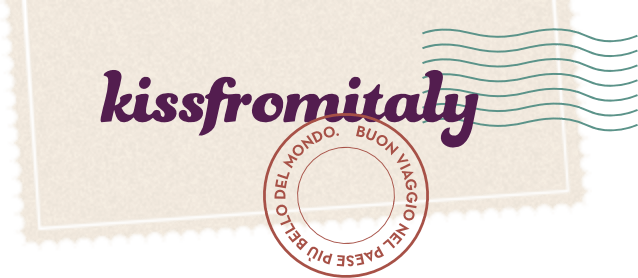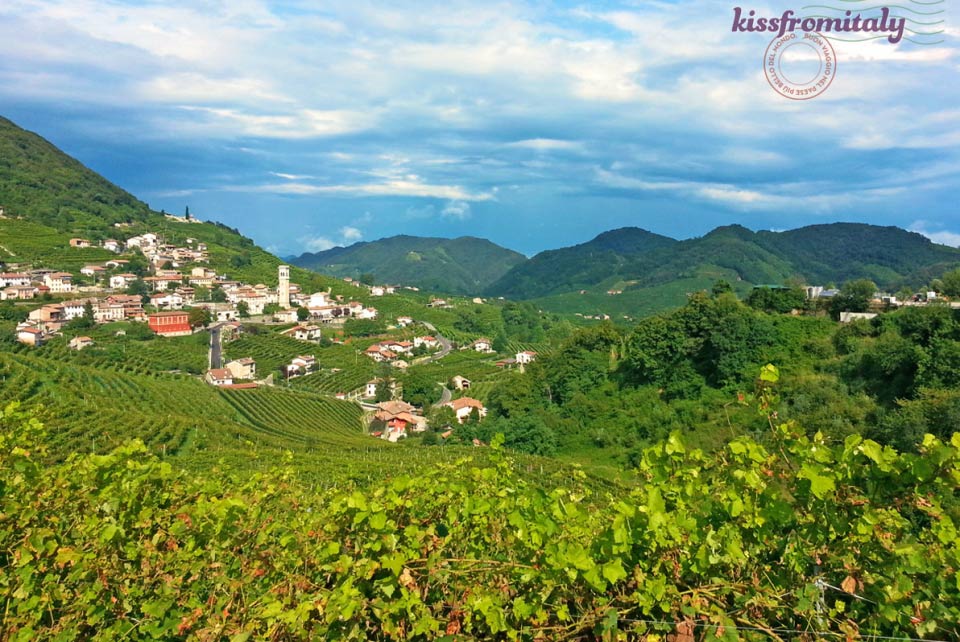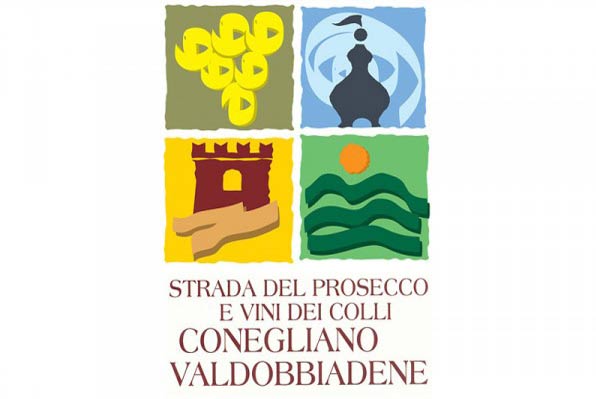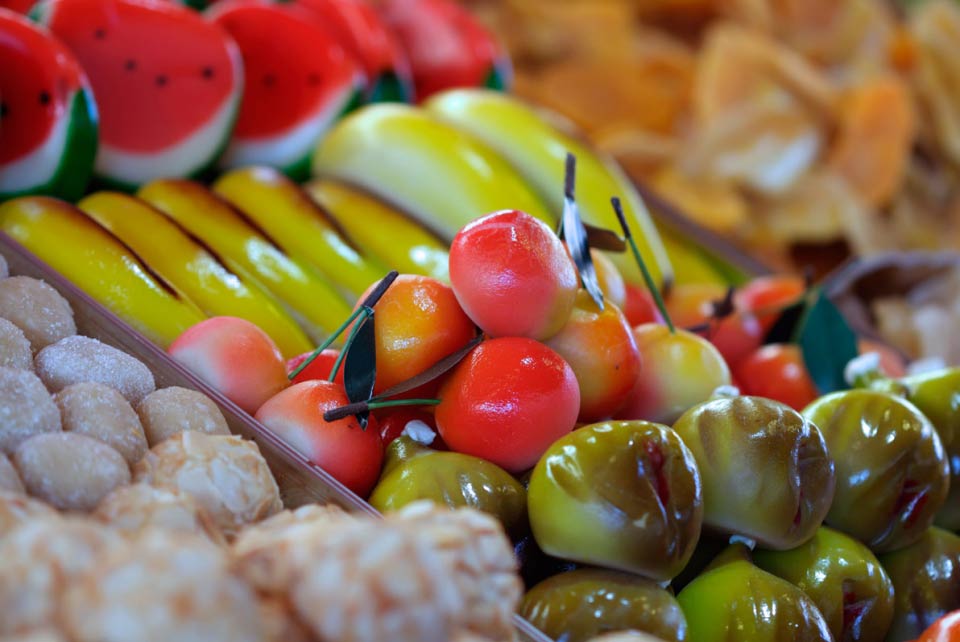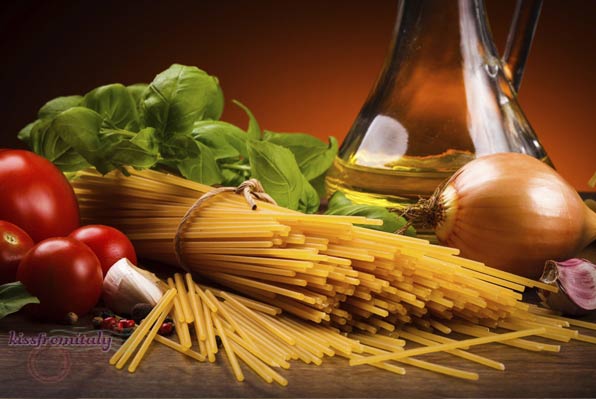
Fruity, crisp and bubbly, Prosecco is the perfect aperitivo wine from the Veneto region
Meet Prosecco, Champagne’s Italian cousin. Fruity, crisp, bubbly and, shockingly, affordable, this kind of Italian spumante is quickly gathering international fame. Prosecco is a wine adequate for any occasion: sophisticated enough for a big celebration, yet refreshing and light enough to complement a meal or serve as the perfect aperitif. In recent years, the label underwent an upgrade in the wine-world with the addition of the Italian DOC or DOCG status that controls quality and the wine’s origins. In fact, for the first time in 2013, this blonde bubbly sold more bottles than Champagne worldwide. If you want to ‘pop’ Italy’s favorite sparkling, snag a bottle hailing from the northeast corner of the country and practice the Boot’s toast with a classic "Cin Cin!".
Conegliano Valdobbiadene: Home of Prosecco
Nestled between the Dolomiti Mountains and Venice in northeast Italy, manicured vineyards blanket the Conegliano-Valdobbiadene region. The zone’s distinctively mild winters and hot, but not muggy summers originally attracted Venetian nobility aching to escape summertime’s mugginess of the lagoon. With them they brought an enduring artistic heritage, leaving their imprint in aristocratic villas, ancient castles and secluded monuments that spot this picturesque zone. To savor the cultural and natural gems of this region, drive along the 42 km Prosecco Wine Route, first inaugurated in 1966, which rambles and coils through rolling hills and lush vineyards connecting Conegliano to Valdobbiadene.
Here, a mixture of various soil types, steep slopes and a mild climate are favorable conditions for the production of the Glera grape, the main component in Prosecco. In fact, since Roman times the region has been celebrated for its optimal wine production. Legend tells that the famous wine of antiquity, Pucinum, was grown here nearly 2,000 years ago. For centuries long after the fall of Rome, a variant of Prosecco yielded from these hills. But, the Prosecco we’re familiar with today was not produced until the early 20th century, thanks to new fermentation technologies developed in the town of Conegliano. Since its production, the region has attracted the international eye as it continues to supply the unpretentious bubbly we’ve come to love.
Gallery
Prosecco DOC
This sparkling wine boasts a fresh, light aroma and a fruity, flowery bouquet. Handsome golden Glera grapes give a dynamic structure to Prosecco, as Glera constitutes over 85% of the grape variety used in a single production. The remaining 15% may include several varieties home to the northeastern Italian region (chardonnay, pinot bianco, pinot grigio and others). While Champagne’s long fermentation process guarantees soaring prices, Prosecco’s cost-effective Charmat method keeps this bubbly’s prices low. The wine is fermented in steel tanks and is best-enjoyed young, within three years of its vintage. Apart from the three classifications (Sparkling, Frizzante, Still), which actually corresponds to the number of bubbles present, the Sparklig version can further be categorized into Brut (sugar content less from 12 g/liter), Extra-Dry (sugar content 12-17 g/liter) or Dry (sugar content between 17 - 32 g/liter). After 2009, all Prosecco bottles boast a DOC classification (Controlled Designation of Origin), which guarantees that the grapes and bottle hail from one of the 9 provinces in the regions of the Veneto or Fruili Venezia Giulia regions.
The Cream of the Crop: Cartizze Prosecco Superiore DOCG
Over 60% of Proseccos are produced within the exclusive Conegliano Valdobbiadene district, earning them a spot in Italy’s premium wine category: DOCG. DOCG classification (Registered and Guaranteed Designation of Origin) ensures not only the product’s origin, but also its quality and adherence to traditional production. Ultimately, in order to create a successful Prosecco Superiore, nature and craftsmanship must harmoniously work together. In this region, nature confines the best vineyards to the highest segments of steep hills that require complete manual maintenance and picking. A hill’s altitude or slope can greatly effect the ripening period of the grapes, demanding that certain grapes be picked at different times, as in the case of the esteemed "Cartizze Prosecco DOCG". Over the decades, skilled workers have passed down particular picking and ripening techniques. With the advent of modern Prosecco in 1876 in this region, the single two prestigious Prosecco schools popped up, dedicating its curriculum to the wine and its production. Every Prosecco Superiore DOCG bottle heading out of the Conegliano Valdobbiadene has been monitored, harvested and curated with the upmost traditional care, ensuring that every sip is good to the last drop.
Cassandra Prena

